SUMMARY
This is AI generated summarization, which may have errors. For context, always refer to the full article.
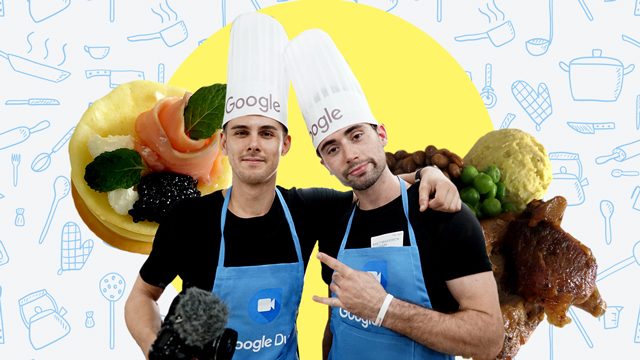
MANILA, Philippines – Imagine yourself on vacation in some far-flung Italian village, wanting to cook pasta and pizza the Italian way. Or what if you find yourself somewhere in the South of France, excited to cook coq au vin and ready to whip up some chocolate souffle? You have the recipes, but you can’t understand a single word. Where do you begin?
How does one prepare a dish when the recipe is in a foreign language? How can one even begin to follow instructions he can’t even understand?
This is where the wonders of yes, cutting-edge technology and artificial intelligence come into play – and into the kitchen.
A match made for the kitchen
To discover how technology can help break the language barriers and bridge differences in locations, in the most practical of situations, the Google Cook Match was held at the Global City Innovative College. YouTube creators, members of the press, and culinary school students were divided in to four groups that would compete against one another in a cooking challenge.
YouTube creators Daniel Marsh, Bret Maverick Highham, Raiza Contawi, and Crisha Uy joined separate teams.
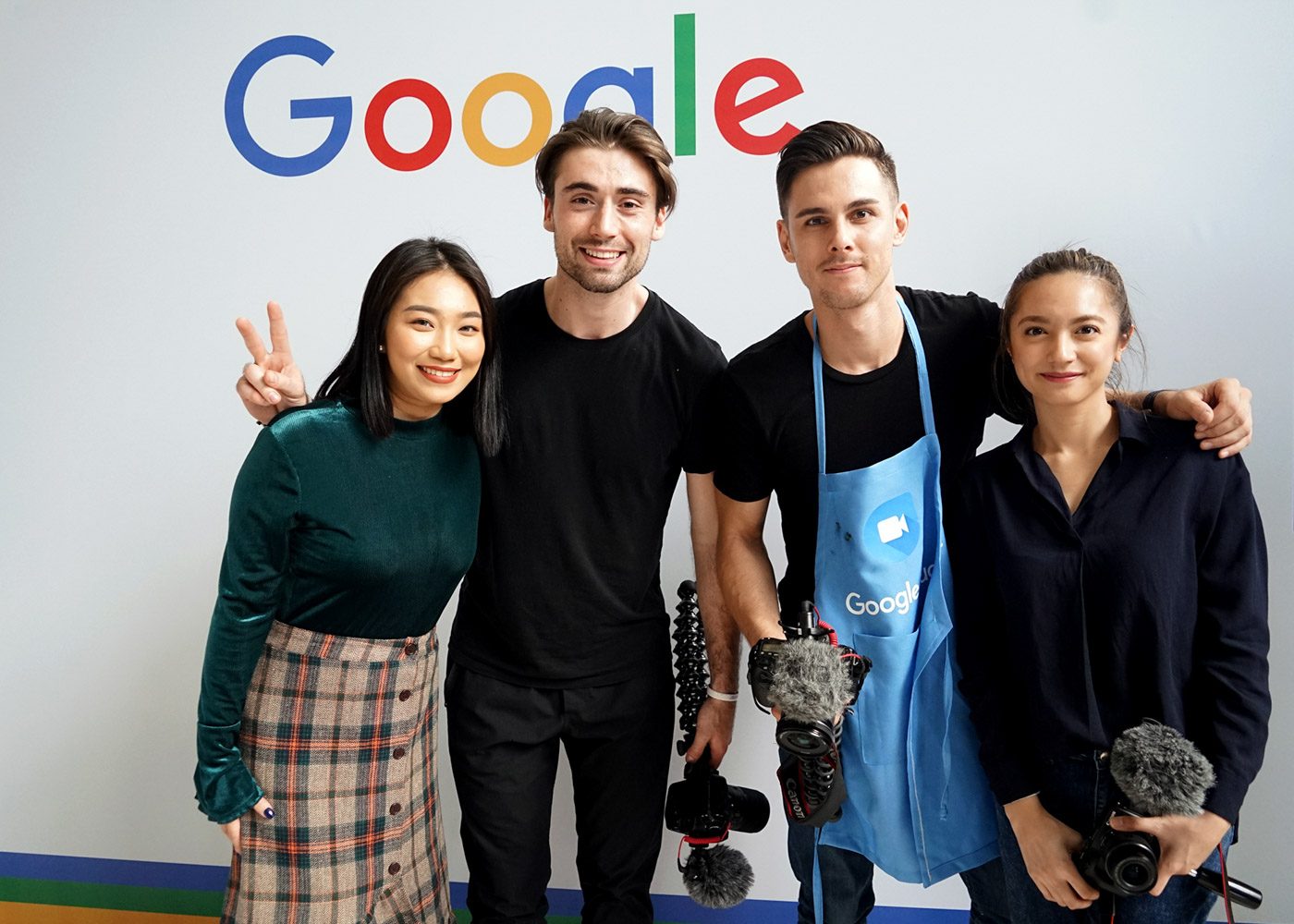
Having at least two future chefs in your group should have made it fairly easy to ace the competition – had the recipe been written in a language one could understand. The first step was to gather all the ingredients for all three assigned recipes, but before we could do that, we had to translate the list of ingredients first – measurements included.
It was easy to simply figure out the English translation of some of the terms, such as vanille-eiscreme, which is the German for Vanilla Ice Cream; acqua, which is Italian for water; and caviar, a French term that needs no translation at all.
Understanding what the rest meant, however, was a big problem.
Using Google Translate
Using the Google Translate mobile app, we were able to translate the ingredients written in three different languages – French, German and Italian – to English. We also learned what dishes we were supposed to cook: smoked salmon and caviar profiterole (saumon fumé et caviar profiterole), strawberry flambé (erdbeer flambe), and glazed pork with sweet potato mash (carne di maiale glassata con purè di patate dolci).
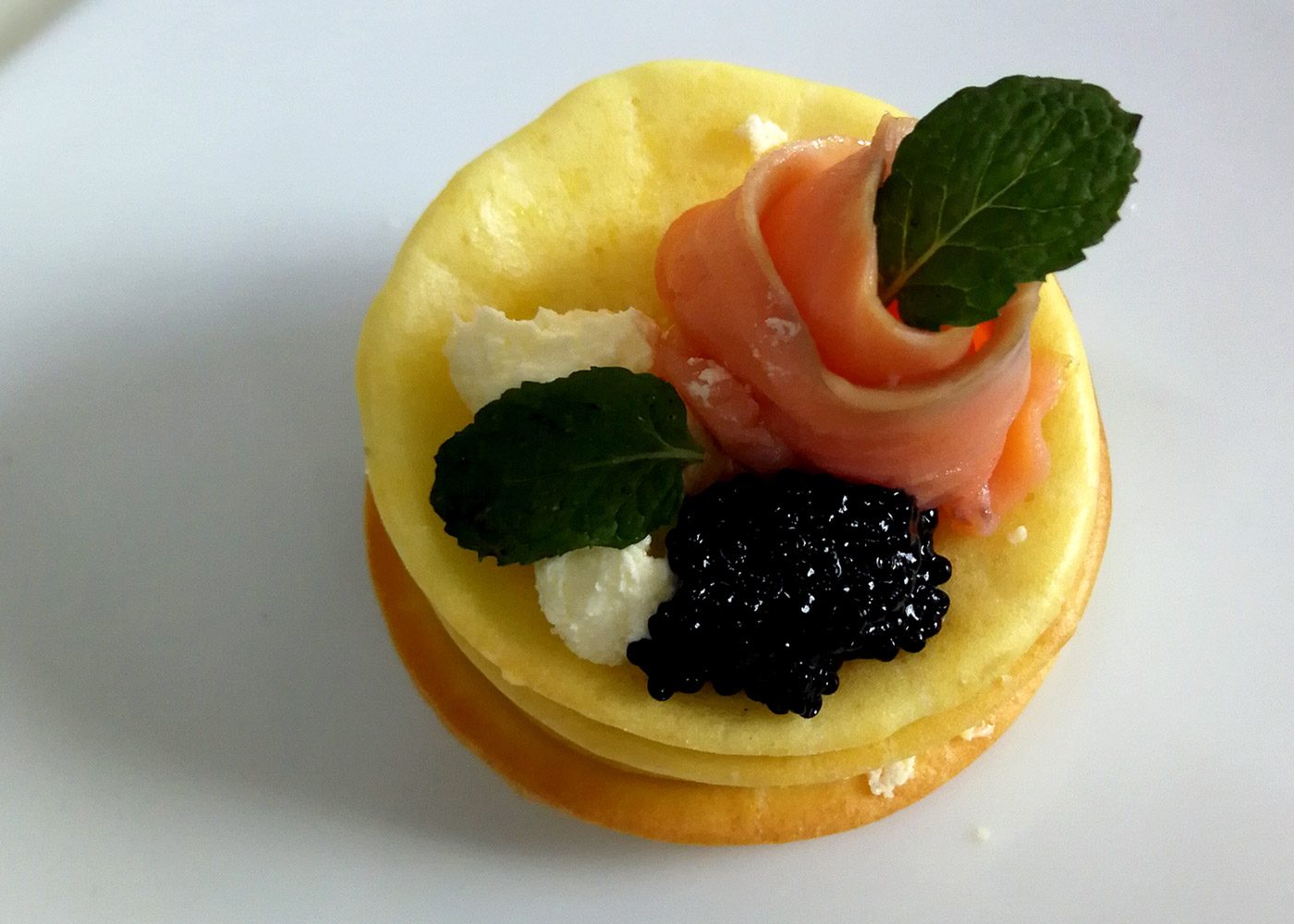
Arguably the app’s most outstanding feature is visual translation. Google Translate is able translate text from an image, whether by pointing your phone’s camera to a photo; or by taking a photo and highlighting the text you capture. This feature is perfect for translating signages, menus, and even recipes. Placing you camera over an image that contains text will translate the word in real time.
It’s also possible to simply type the word you want to translate into the app, or to translate via voice dictation.
Powered by machine learning
Google Translate works through Machine Learning, a technology that allows it to progressively “learn” with data. Using artificial intelligence, the app is able to recognize patterns and structures and translate what it sees or captures.
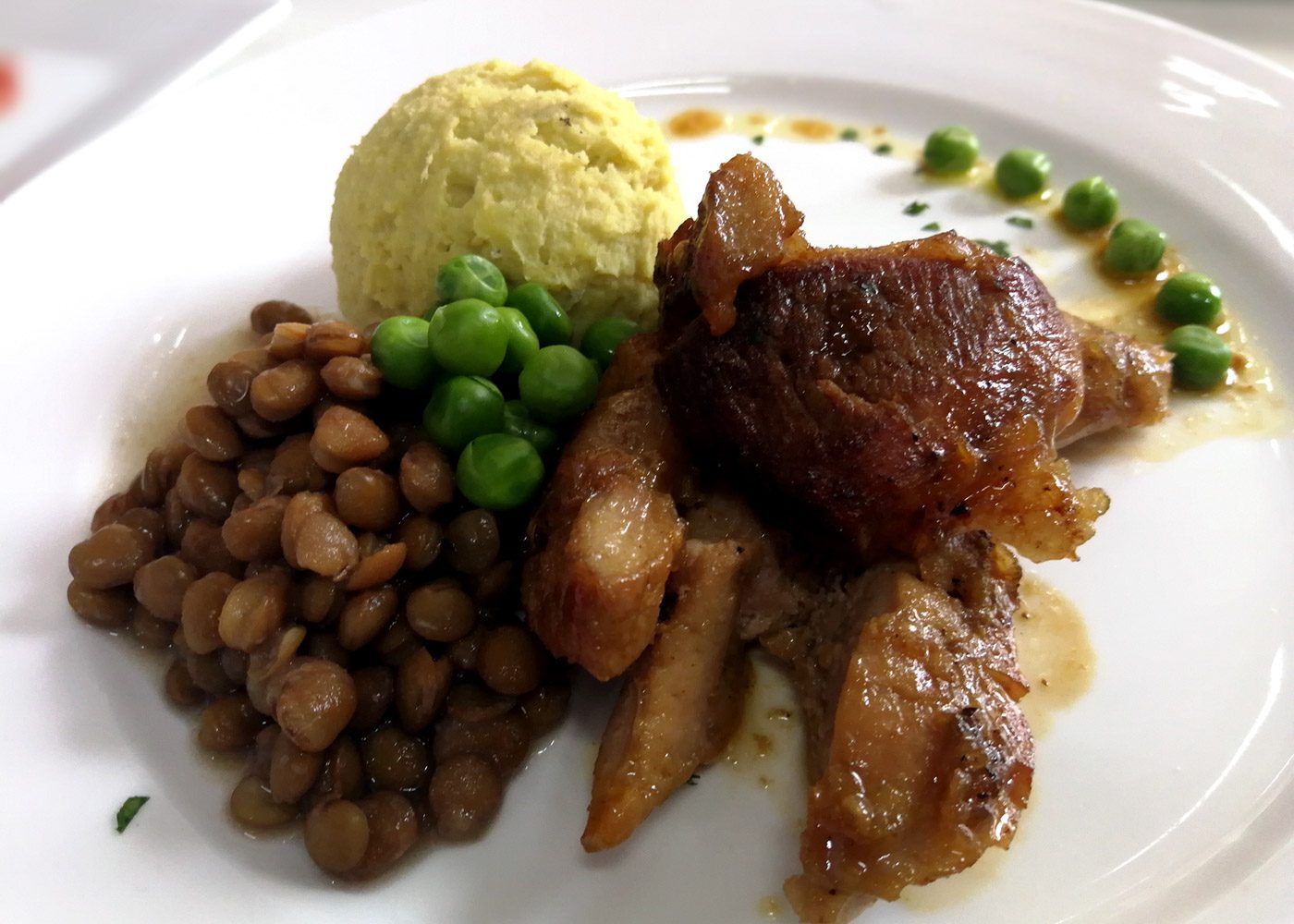
Put simply, it can decipher and read a word because it has seen the word – as text and images – numerous times, and is now able to recognize it. It can read what an exit sign says because its artificial intelligence has probably come across hundreds of versions of exit signs in different languages.
Chefs for a day
After we listed down the ingredients in English, we used Google Duo to make calls so we could share our translations with the rest of the team. It was only after they were able to gather the ingredients that we were allowed to join the others and do our part in the kitchen.
In the end, we were able to successfully prepare the ingredients for and to actually cook the dishes, of course with the efforts of the two culinary school students.
More than learning how to cook, however, we were reminded of how the gifts of technology can make our everyday lives easier, and that we could translate our way into becoming chefs, even for just a day.
Bret was most impressed by Google Translate’s visual translation feature.
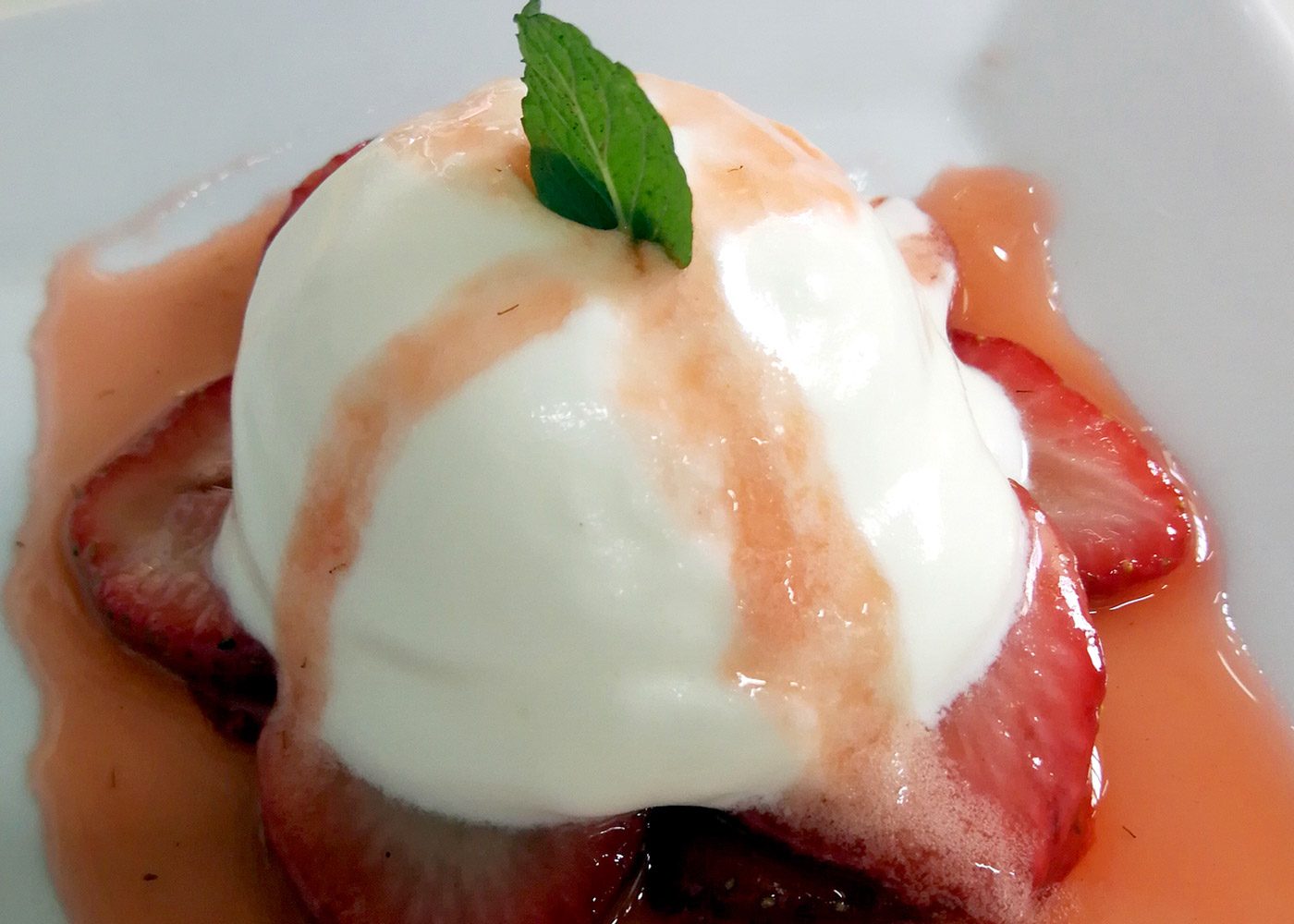
“I didn’t know it was so capable of doing what it does; like putting the camera over a word that you don’t understand, whether it’s in German, or French. Pretty impressive, actually,” said Bret in an interview with Rappler.
Daniel was similarly impressed. “I was surprised to see that is advanced as it is – especially the real time changing of the text when you hover your camera over it and it translates. That’s incredible,” he said.
He also believes that he will have further uses for the app – outside the kitchen, that is.
“I’m a travel vlogger; I go different places. So hopefully I’ll get to use Google Translate and make my life much easier,” said Daniel.
Google Translate and Google Duo are available on Google Play and the Apple App Store. Both are compatible with Android and iOS devices. – Rappler.com
Add a comment
How does this make you feel?
There are no comments yet. Add your comment to start the conversation.